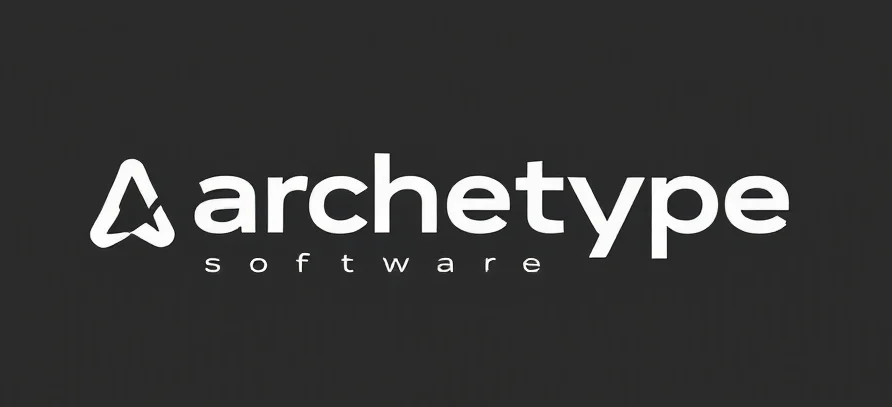Exploring Amazon Retail Arbitrage: A Modern Alchemy
Amazon retail arbitrage. It sounds fancy, doesn’t it? Like some kind of high-stakes financial maneuver involving suits and stocks. But really, it’s more like treasure hunting at your local superstore. The concept is simple: buy low, sell high. Purchase discounted products from physical stores and resell them on Amazon for a profit. For a deeper dive into the intricacies of this practice, check out Amazon retail arbitrage.
The Retail Arbitrage Landscape
To the uninitiated, retail arbitrage might seem like a modern version of alchemy—transforming the mundane into gold with the right mix of savvy shopping and online sales. Yet, it’s not just a simple stroll through the aisles. It requires a keen eye, an understanding of market demands, and a bit of technological assistance. The tools of the trade now include price-checking apps, Amazon’s Seller Central, and a strategy as sharp as a scalpel. For more insights, you can explore Page 2 of 37 – archetypesoftware.
Technology: The Secret Sauce
At the heart of this transformation is technology. Whether you’re leveraging AWD Amazon services or other digital tools, the available technology is akin to having an AI-powered assistant in your pocket. They guide you to the right products, compare prices in real-time, and even predict potential earnings. Think of these tools as your digital treasure map—leading you to the X that marks the spot. Understanding the differences in platforms can be crucial; check out Software Solutions: Selling on Amazon vs eBay – archetypesoftware for a detailed comparison.
Yet, like any tool, they require a skilled hand. Understanding data analytics, market trends, and consumer behavior becomes crucial. In this way, the modern retail arbitrageur is part entrepreneur, part data scientist. The tech-savvy among us might even automate portions of the process, using software to track inventory and manage sales.
Challenges: The Bumps in the Road
However, it’s not all smooth sailing. The marketplace is a shifting entity, with Amazon’s policies evolving and competition intensifying. Retail arbitrageurs must stay agile, adapting to changes in algorithms and consumer preferences. Additionally, the ethical considerations of buying out discounted products from local stores can’t be ignored, as it can impact local availability. For a focus on eBay, consider reading Software Strategies: How to Sell on eBay 2025 – archetypesoftware.
The Best Tools and Software for Amazon Retail Arbitrage
Retail arbitrage can be a profitable business, but finding the right products at the right price requires strategy and efficiency. Using specialized retail arbitrage software helps sellers streamline product sourcing, price tracking, and profitability analysis to maximize success.
1. Understanding Retail Arbitrage Software
Retail arbitrage software provides sellers with data-driven insights to identify profitable products, track pricing trends, and manage inventory effectively. These tools help eliminate guesswork by offering real-time data, automated alerts, and competitor analysis for smarter decision-making.
Features to Look For
Choosing the right tool requires understanding essential features that enhance product research and sales performance. The best software includes:
- Price Tracking: Monitors Amazon pricing fluctuations and historical trends.
- Profit Estimation: Calculates potential earnings after fees and costs.
- Barcode Scanning: Instantly evaluates product profitability using a mobile app.
- Competitor Analysis: Compares similar listings to assess competition and demand.
2. Top Recommended Amazon Arbitrage Software
Selecting the best online arbitrage software depends on individual business needs, from quick barcode scanning to detailed profitability reports. Below are some of the most effective tools that can help Amazon sellers stay ahead of the competition.
| Software | Description | Key Features | Best For |
|---|
| SellerAmp | Intuitive online arbitrage software with real-time profit calculations, rank tracking, and competitor insights. | User-friendly dashboard, sales rank tracking, mobile-friendly scanning | Sellers looking for quick and accurate product evaluations |
| Tactical Arbitrage | Scans thousands of retail websites to identify profitable products for resale on Amazon, offering powerful search automation. | Automated searches across marketplaces, bulk scanning, profit breakdowns | High-volume sellers looking for extensive online arbitrage opportunities |
| Scoutify 2 | Mobile-friendly retail arbitrage app designed for quick product profitability analysis and seamless inventory management integration. | Quick barcode scanning, inventory management integration, customizable notifications | On-the-go sellers who need instant product profitability analysis |
3. Step-by-Step Guide to Using Arbitrage Tools
Using arbitrage software effectively requires a structured approach to product sourcing and price tracking. Follow these steps to optimize your process and maximize profits.
Step 1: Choose the Right Arbitrage App
The right arbitrage tool depends on business goals, whether it’s a simple mobile app for quick scanning or a comprehensive software for detailed analysis. Compare features, pricing, and usability to determine the best option.
Step 2: Scan and Analyze Products
Scanning product barcodes with an amazon arbitrage app provides instant insights on pricing history, competition, and profit potential. This process allows sellers to make informed decisions before making a purchase.
- Use the camera on your phone to scan a barcode.
- View the product’s sales history, fees, and profit potential.
- Check competitor pricing and stock availability.
Step 3: Monitor Market Trends
Retail arbitrage software helps track market trends by analyzing product demand, competitor pricing, and seasonal fluctuations. Staying updated on these trends ensures better sourcing decisions and improved profitability.
- Review historical pricing trends before purchasing inventory.
- Identify high-demand, low-competition products.
- Set up automated alerts for price changes and stock availability.
Step 4: Manage Inventory Efficiently
Automating inventory tracking with online arbitrage tools reduces the risk of stockouts and price mismatches. These tools sync with Amazon’s systems to help sellers adjust pricing, manage restocks, and maximize sales potential.
- Use repricing tools to stay competitive.
- Track stock levels and reorder profitable items.
- Set up automated listing updates for efficiency.
4. Additional Resources for Arbitrage Success
Beyond using software, sellers can improve their arbitrage strategies by learning from industry experts and engaging with online communities. Educational content, video tutorials, and seller forums provide valuable insights on market trends and sourcing techniques.
Useful Resources
Expanding knowledge through reliable sources enhances decision-making and business growth. Consider the following resources:
- Amazon Seller Central: Official guidelines and policies for Amazon sellers.
- YouTube Tutorials: Step-by-step guides on using arbitrage software effectively.
- Online Courses: Learn advanced sourcing techniques from industry experts.
- Seller Communities & Forums: Network with experienced sellers and stay updated on trends.
Leveraging the right arbitrage software gives Amazon sellers a competitive edge by optimizing product sourcing and sales management. By integrating these tools into their business strategy, sellers can improve efficiency, track trends, and maximize profitability in retail arbitrage.
Actionable Recommendations
For those ready to dip their toes into the world of Amazon retail arbitrage, here are a few pointers:
- Educate Yourself: Dive deep into understanding Amazon’s seller policies. While you’re at it, you might want to explore how many followers for Amazon influencer program eligibility, as this can be an excellent complement to retail arbitrage strategies. The landscape is less daunting when you know the rules of the game.
- Leverage Technology: Invest in reliable price-checking and inventory management tools. These are your modern-day compass and sextant. For developers interested in invoicing, Streamlining eBay Invoice Management for Developers might be a useful read.
- Start Small: Test the waters with a few products to understand the nuances of pricing and demand. Scaling too quickly can lead to pitfalls.
- Stay Updated: Keep an eye on market trends and Amazon’s policy changes. Being proactive will save you from future headaches.
In the end, retail arbitrage on Amazon is a fusion of old-school retail instinct and cutting-edge technology—a testament to how traditional practices can be transformed in the digital age. For those with the right mix of curiosity, tech-savvy, and adaptability, it offers a unique entrepreneurial avenue.
Checkout ProductScope AI’s Studio (and get 200 free studio credits)

